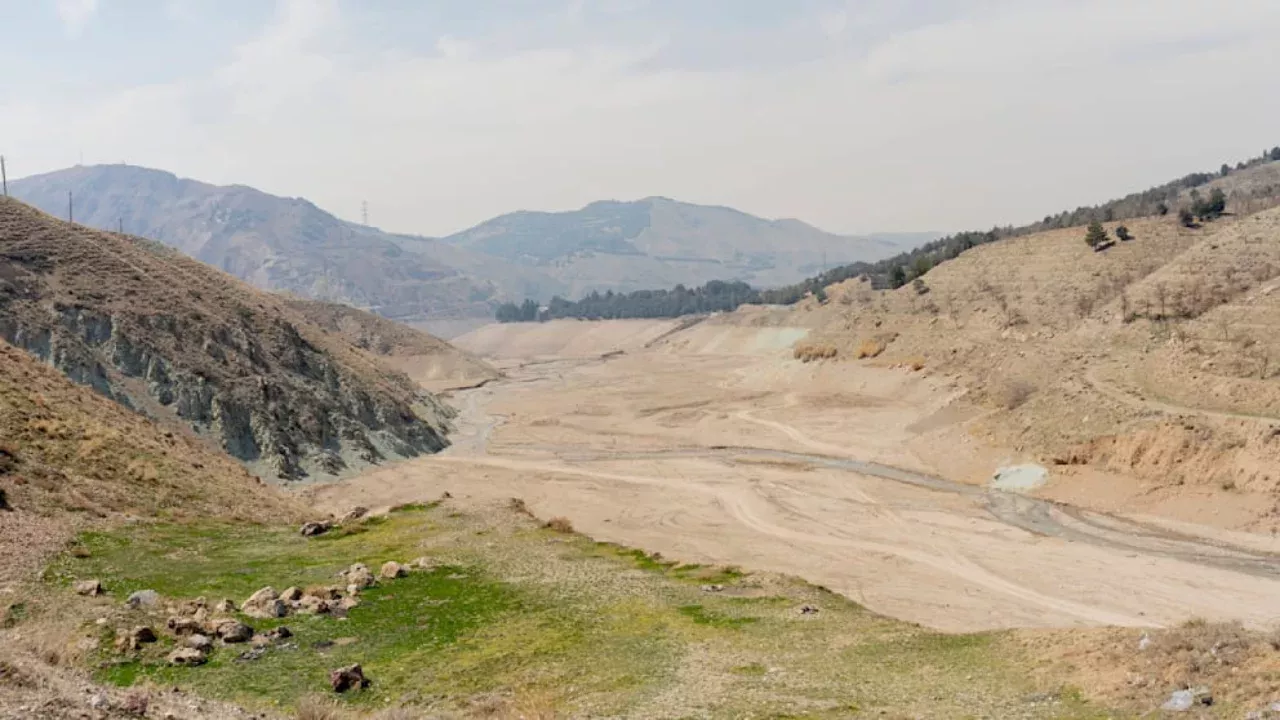
The issue of water scarcity in Iran is sharply intensifying. This was reported by Zamin.uz.
Many rivers and reservoirs have dried up, with 80 percent of reservoirs nearly empty. This situation is leading to a deterioration of the ecological situation in the country and poses a risk of a humanitarian disaster.
The government is being forced to take emergency measures. According to official information, restrictions on water supply have been imposed in Tehran and more than 50 major cities.
In some areas, water supply is interrupted for up to 48 hours. This has caused discontent among the population, with many being forced to relocate north to the Caspian Sea coast.
President Masoud Pezeshkian openly mentioned for the first time the possibility of relocating the capital, emphasizing that water scarcity is a serious problem in Tehran. The government is considering unconventional measures to address the water crisis.
Measures such as reducing the workweek, transitioning to remote work, and temporarily closing Tehran, including halting the activities of schools and universities, are being discussed. The government spokesperson assessed this situation as a national problem and warned that it could turn into a humanitarian disaster.
Experts believe that the main causes of the crisis are years of prolonged drought and improper use of water resources. In particular, the leadership of the Islamic Republic has prioritized funding armed groups over addressing ecological issues.
This has contributed to the deepening of the water scarcity problem. Ecologists and the public are closely monitoring the future of Iran's water crisis and the adoption of specific measures to address it with great concern.
This problem could worsen and significantly impact the lives of the population. Therefore, it is considered crucial to develop effective and prompt solutions.







